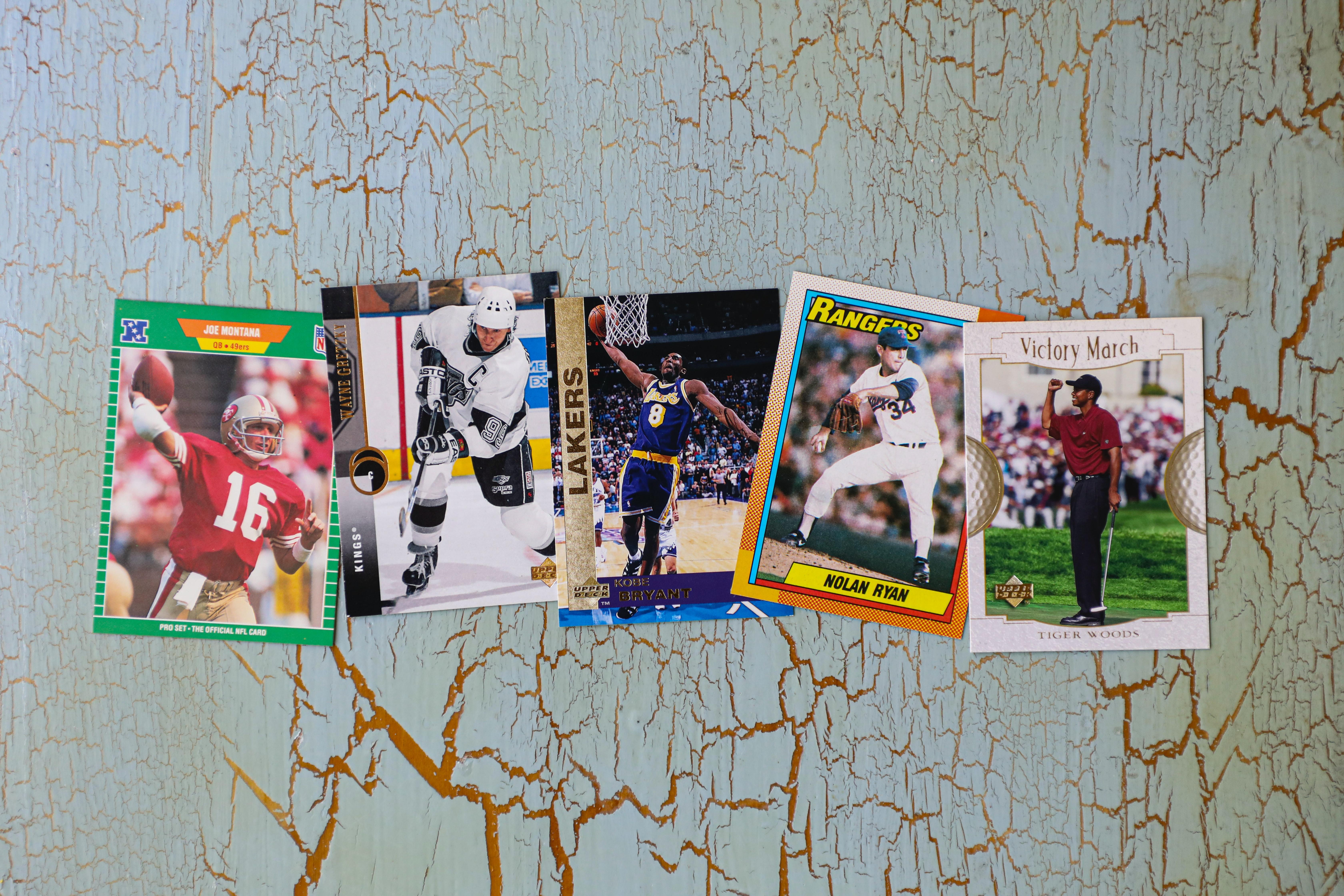
My First Bubble
I was 11 years old when I first got caught up in a bubble. Looking back at it now, I never stood a chance.
I loved sports and had collected baseball cards here and there as a little kid, but it was just a hobby, a chance to learn about the players while chewing on a stale piece of gum. I was even given a full set of cards from either Fleer or Donruss, second bananas to the dominant Topps, for Christmas that I remember putting in order, but otherwise dismissing as worthless.
In 1989 Upper Deck was introduced and the game changed. Upper Deck came out with fancier cards, higher production values, and the coveted Ken Griffey Jr. rookie card as card #1 in the set.
I was young, into sports, and making $5 each time I mowed the lawn. I constantly badgered my parents to drive me to Baseball Card City. I still remember looking into the glass case of expensive cards, imagining that one day, a card in the $0.99 pack I was buying would be worth hundreds or thousands of dollars.
I spent every cent I could on cards or an occasional Beckett Baseball Card Monthly to value my collection. I even had a long talk with my mom about not throwing away my cards as I had heard my dad say grandma had done with his. I was sure that the cards I had would keep increasing in value, paying for my college or maybe even making me a millionaire!
Of course, that didn’t happen. The card companies fed the beast, printing more and more cards. By the early 1990s, the companies were printing an estimated 81 billion trading cards per year which equated to more than 300 cards for every American according to the book Mint Condition: How Baseball Cards Became an American Obsession by Dave Jamieson.
My collection, and my interest, waned. My mom did keep the cards for me, but my sports-loving son has looked through them more recently than I have. The baseball card bubble has become a joke among my friends, laughing about how much money we could have now if Upper Deck (and later SkyBox) never existed.
There’s a new bubble inflating around trading cards and so-called “Non-fungible tokens” or NFTs, which have some similarities to trading cards, though they’re digital and cryptocurrency-based. Much like every other bubble, there will be winners and losers. Some will make lots of money and some, like me in the mid-90s, will be left holding the bag when the bubble bursts.
Until the inevitable pop, it’s probably time to pick up a new copy of Beckett’s and see if my son and I have anything valuable. Who knows, maybe the approximately 1,000 Rick Reuschel cards I own will be my ticket to billionaire status.
Photo by Mick Haupt on Unsplash

